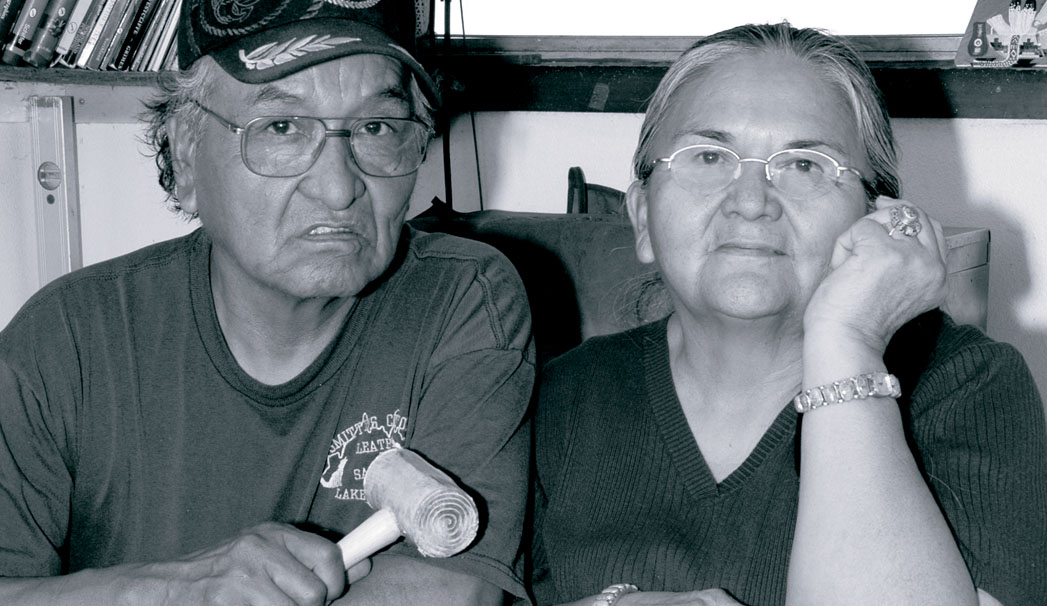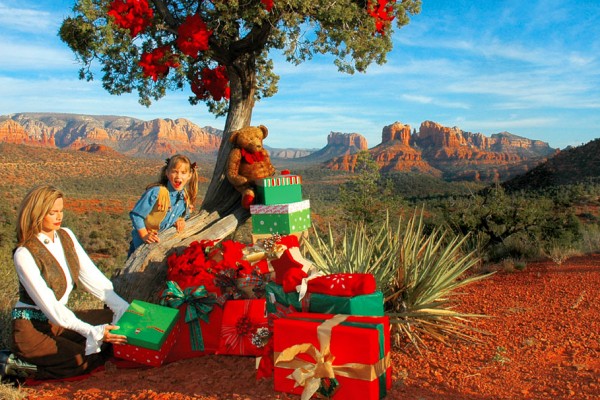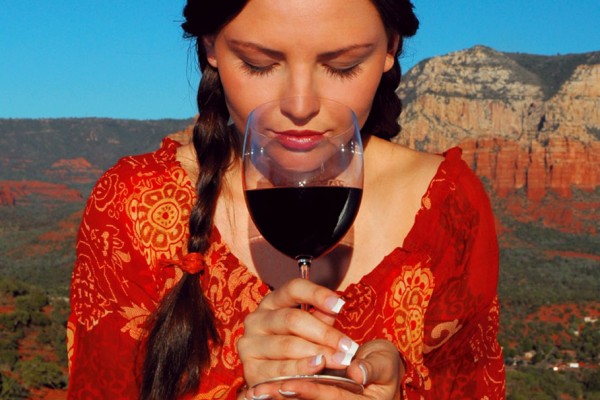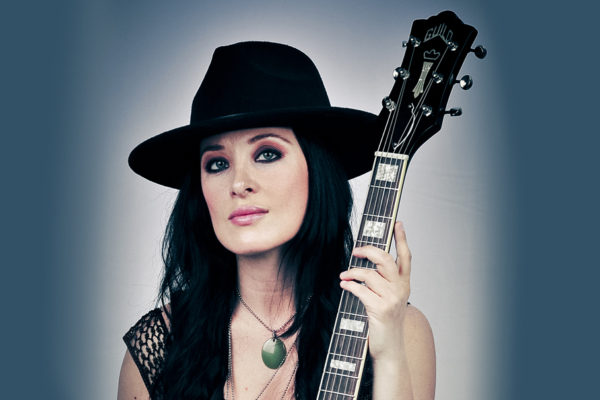Alice Lister excitedly pulls out a plastic bag full of dusty stones from under her workbench, pulling out chunks of uncut turquoise, dark blue lapis, and purple sugilite like a kid showing off a prized baseball card collection. She can tell you the name of each stone and where it was mined as if reciting the stats of a home-team all-star. But unlike a young fan, her stones are destined for more than a shoebox; each gem will one day be a piece of jewelry sold in one of five galleries in Sedona.
“Don’t get me anyplace that sells stones,” Alice laughs, her eyes twinkling behind her glasses. “I just start picking.”
Alice and her husband, David Lister, are both silversmiths. They live on three square miles of the Navajo reservation in northeastern Arizona, just outside the town of Dilkon. It’s the same land where David’s grandmother lived – a few homes, workshops, and sheds are clustered at the end of a bumpy driveway; David’s 18 quarter horses and one temperamental Chihuahua roam in the background. Alice and David have been married for 36 years, making silver and gold jewelry for 33 of them. The craft was not a family tradition, though Alice says she’s heard her great-grandfather was a silversmith. David made leather purses and wallets before serving in Vietnam with the U.S. Marine Corps. Alice was inspired after seeing her brother-in-law, Charles Singer, make jewelry. She and David set up shop and have worked side-by-side ever since, passing the craft on to four of their seven daughters.
“The girls learned silversmithing when they were in high school,” says Alice, as David works on his side of the long, narrow, sunlit shop, listening to his wife and Navajo radio station KTNN playing in the background. “I told them they either had to pick up trash outside or work inside. They learned they could make money by making small rings and pendants so they chose to work inside.”
One of the Listers’ daughters, Dee Nez, sits next to her mom, smiling as she listens to her tell the familiar story. Dee, along with her construction worker husband, Frederick, lives across the street and creates her own jewelry here, in the same workshop where she learned the trade. Dee’s younger sister and brother-in-law, Clarissa and Vernon Hale, also make jewelry in the workshop. They live in Window Rock, where both work for the town’s Unified School District, but they travel 90 minutes west every weekend with their four kids to work beside Alice, David, and Dee. (Lister daughters Andrienna Tapaha and Andee Lister live in Flagstaff and also create jewelry.) The shop’s white floors make it easy to spot dropped stones; the many windows overlook green fields and mesas. A wood-burning stove sits in one corner; a classic car calendar, and map of U.S. turquoise mines hang on the wall. A sheep skull sits above the door; pliers and saws litter the two workbenches and a large tree stump they use as a table. It’s a small but neat area that holds lots of memories for the family.
Dee and Clarissa acknowledge they began working on jewelry for money, not art – Clarissa began selling jewelry when she was in high school to pay for her letterman’s jacket, while Dee, who sold her first piece to Garland’s Indian Jewelry when she was 13, made jewelry over the summer so she could buy a coveted Camaro while attending Yavapai College.
“Eventually I stepped away from school to be in the shop full time,” says Dee, as she carefully places purple and orange spiny oyster into a sterling silver cast that will later become earrings. “Now, I think it’s so special with us all working side-by-side together. I take it to heart, working with my mom and dad.”




